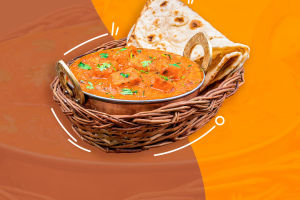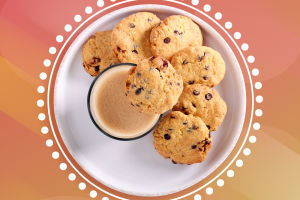Dessert is undoubtedly an irresistible sweet temptation. Those cakes, puddings, breads, puffs, etc. exude a rich and sweet taste. But few people know the origin of their names, in fact, every dessert has a story.
1. Tiramisu
There is a heartwarming story about the origin of tiramisu. An Italian man is about to leave for a long trip, but there is nothing left at home. In order to prepare dry food for him, his wife made all the biscuits and bread that could be eaten at home into one pastry, and that pastry was called Tiramisu.
Whenever this man eats tiramisu in the distance, he will think of his home and the person he loves at home. Tiramisu, in Italian, means "take us away", not only delicious, but also love and happiness.
2. Chiffon
Chiffon means a kind of chiffon tulle with a soft material. Chiffon cake is named after it because of its light and soft texture. The chiffon was invented by American Harry Becca. He kept his invention secret for 20 years, and it was not made public until 1947. Since then, it has been popular in Europe and the United States.
And after 1960, it conquered the taste buds of Europeans, and later hit Japan and Taiwan.
3. Napoleon Cake
Napoleon cake has nothing to do with Napoleon. Its English name Napoleon is actually a misrepresentation of Napolitain, referring to a meringue name from Naples in Italy, which has been written as Napoleon so far. The French name of Napoleon cake is Mille feuille, which means a million layers of puff pastry, so it is also called a thousand layers of puff pastry.
It is made of three layers of brown puff pastry with two layers of cheese sauce. Although the materials are simple, the production process of the meringue is extremely complicated.
4. Baguette
Baguette, the original meaning is a long gem. Baguette bread, its correct definition is: unbleached flour, no preservatives, no fat, only allowed to leaven and bake with salt and yeast. In terms of shape and weight, each strip is 76 cm long and weighs 250 grams, and it is also stipulated that there must be 7 cracks for chamfering.
Eating Baguette is not as cumbersome as the French meal. Reach out to grab the long stick with your left hand, clamp it with your five fingers, then follow with your right hand to catch the end of the bread, then spin down with your left hand and spin up with your right hand to unscrew the bread.
This is said to have been explained in a Regles du Savoir-Vivre (Regles du Savoir-Vivre) published in 1899. When a knife is used to cut bread, the crumbs may fly and bounce into the eyes of guests, or even land on the lady's bare shoulders, causing distress and embarrassment.
5. Cookies
The original meaning of the word cookie is a small pastry, which was first used as a tasting sample of cakes. Biscuits were originally a nautical food, because they had little moisture, were easy to store, and could be stored for several years.
The history of cookies dates back to the 7th century AD. At that time, the Middle East was rich in cane sugar, and the Middle East invented a lot of desserts, including cookies. Later, the technique of making cookies was brought to Northern Europe by the Spaniards.
Cookies are defined in the United States and Canada as thin, flat, custard-like cookies. Its name comes from the German word koekje, which means "tiny cake".


